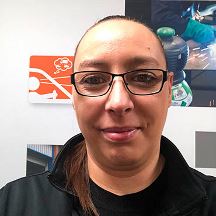Ask the Expert

Trish Lees
Business Development Specialist
“Which grade of helium or nitrogen should I use for ECD applications?”
Our special ECD grades mean you can utilise the benefits of BIP® cylinder technology knowing each cylinder has been individually analysed for halocarbon impurities
Questions? We've got answers.
Ready to order?
